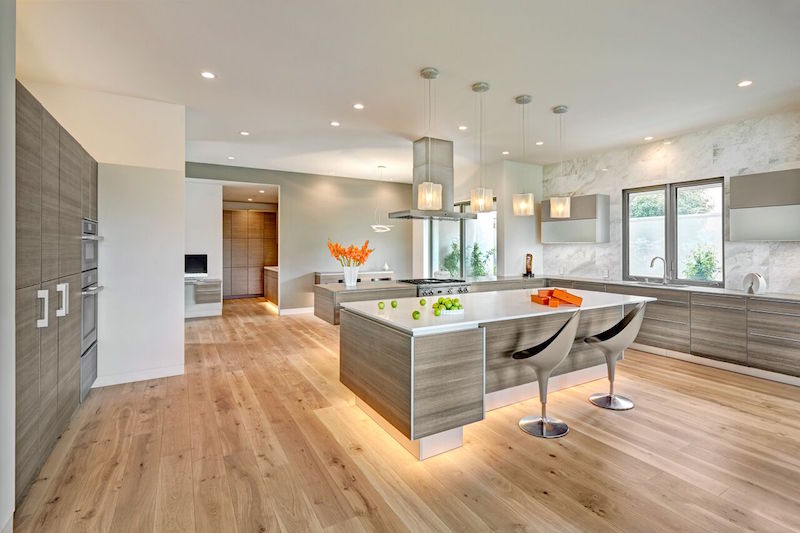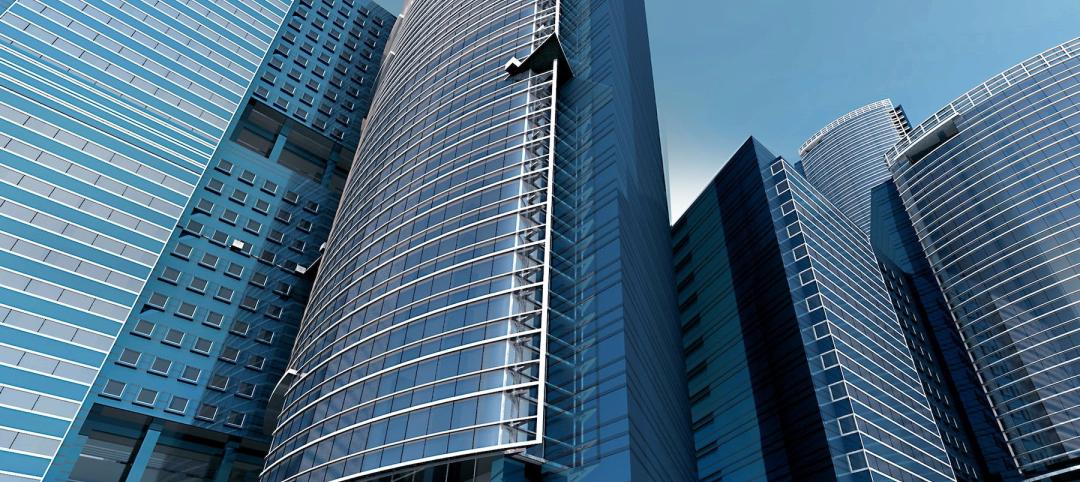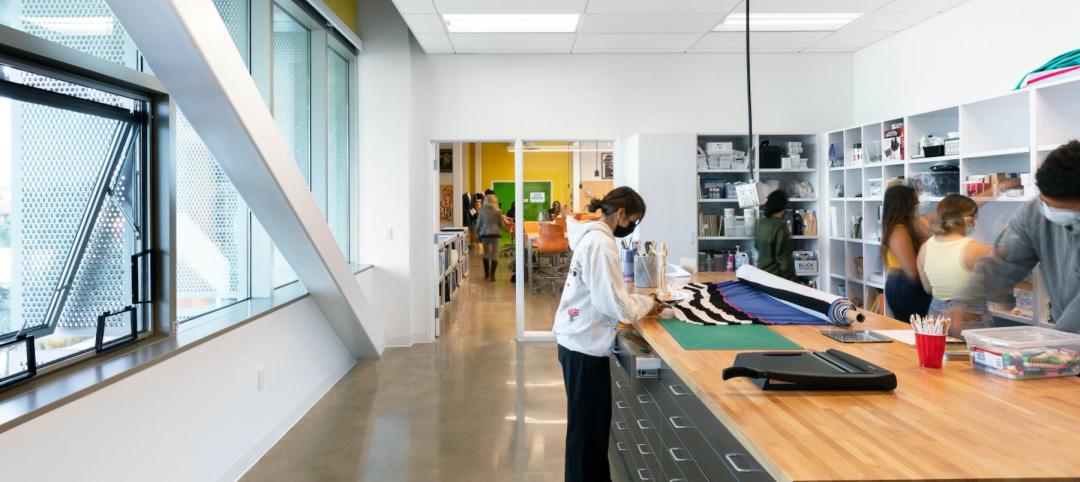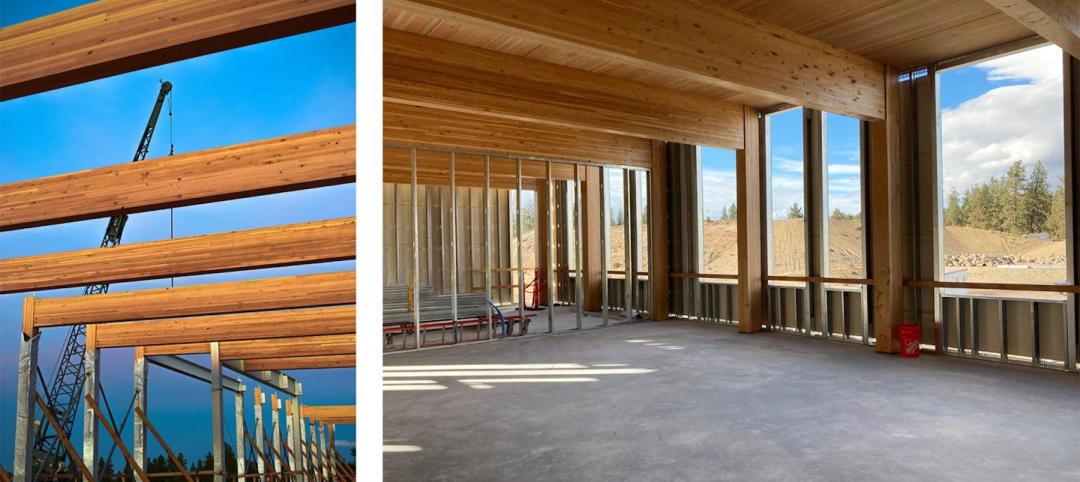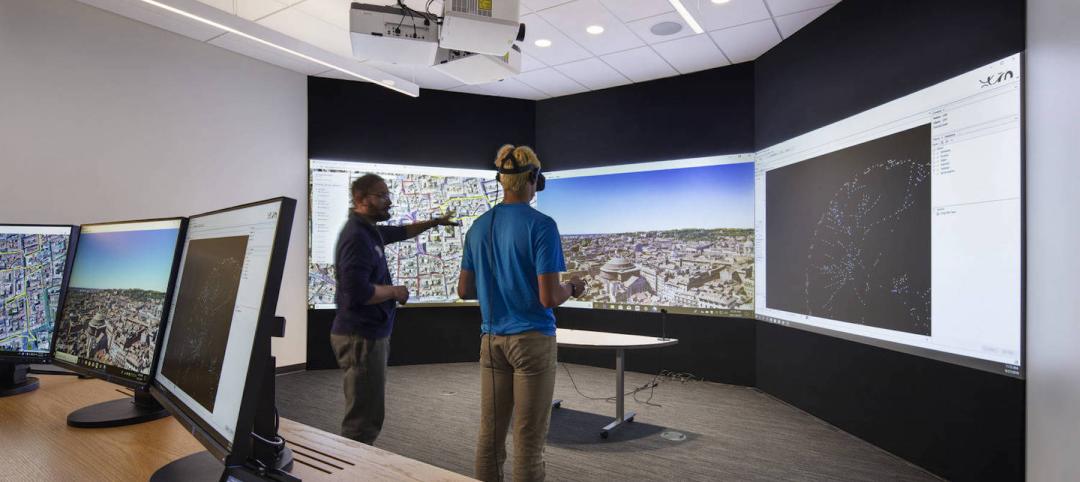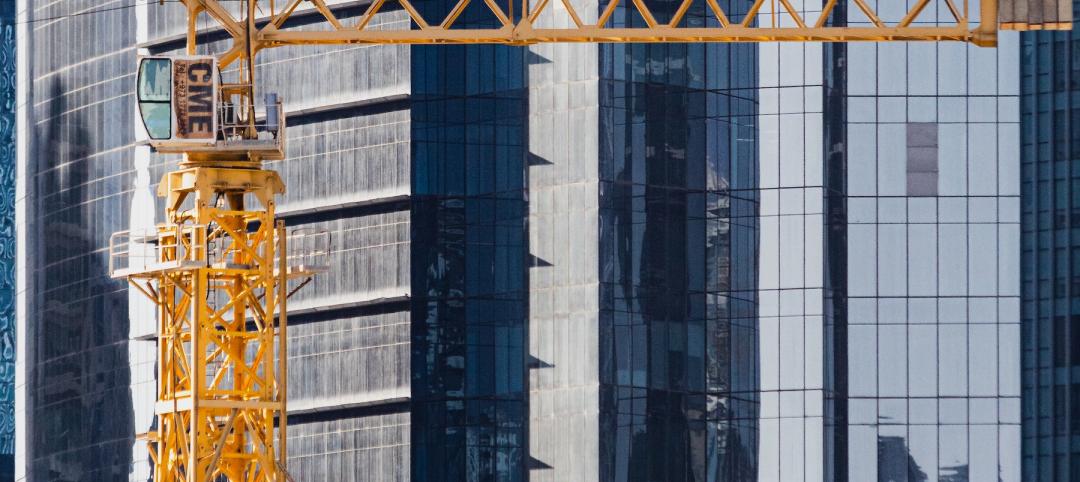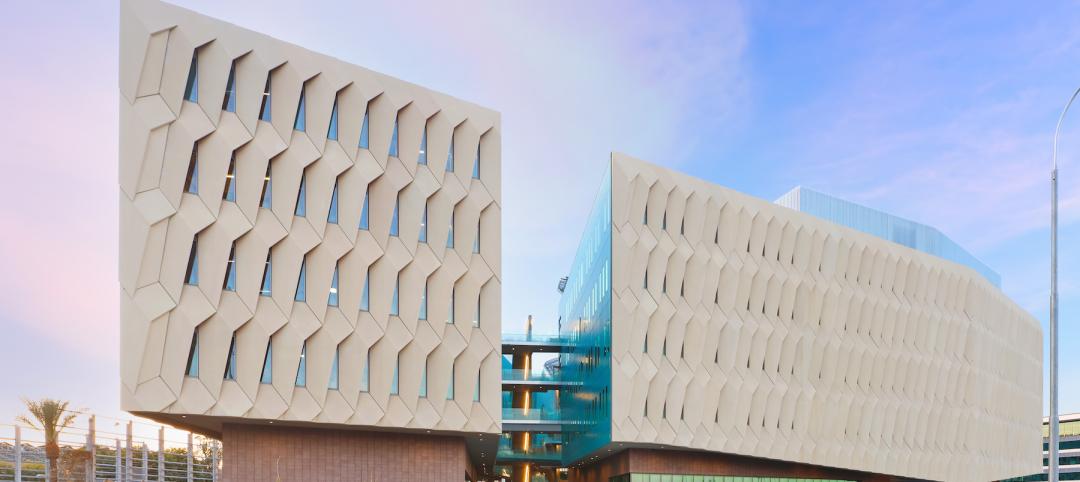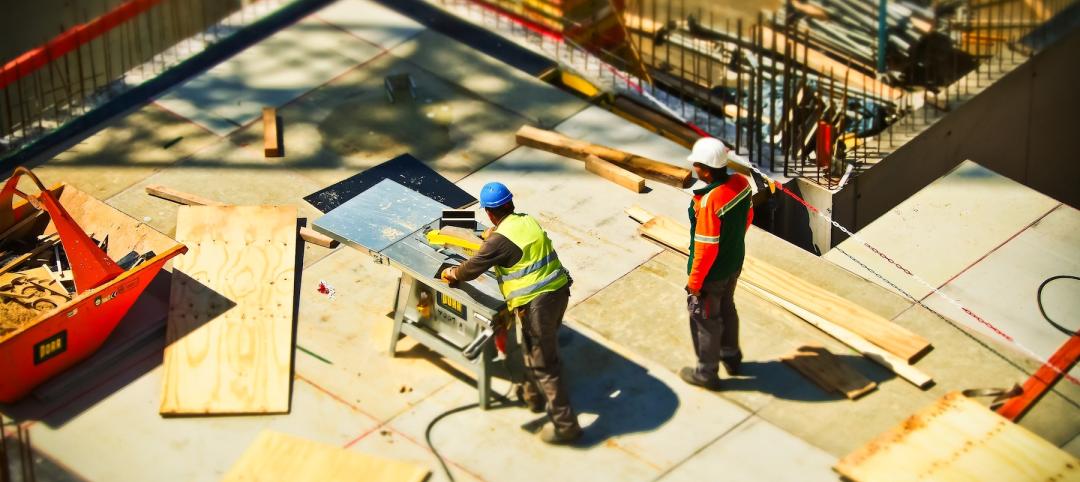The traditional kitchen has lost some of its metaphorical luster in recent years as, according to the 2017 Kitchen & Bath Design Trends Report, contemporary-styled kitchens have overtaken traditional to become the second-most popular North American kitchen design.
According to respondents, in addition to contemporary kitchens surpassing traditional kitchens, two-toned colored kitchens and kitchens equipped with more technology are also two trends currently on the rise.
Based on the survey, the NKBA created a list of the top 10 overall kitchen trends it expects to see for 2017.
- Clean lines, built-ins and simple door styles dominate kitchen designs. Contemporary- styled kitchens overtake Traditional to be the second most popular design after Transitional. Emerging: Industrial and Mid Century Modern. Mountain Modern and Coastal are variations on Contemporary.
- White and gray painted cabinets dominate kitchen color schemes and show no signs of slowing down, especially gray. Blue painted and high gloss cabinets are emerging. For overall color schemes, blue as well as black are emerging.
- Two-toned kitchens are gaining in popularity. Also mixing it up: materials and metals, across surfaces and as accents.
- While wood cabinets dominate kitchen designs, metal --currently a small segment of the cabinet market -- appears to be emerging. Metal cabinets are most frequently specified by younger and male designers.
- Furniture-look pieces, rollouts and pullouts and under cabinet lighting (LED) are among the most popular kitchen cabinet features. Use of crown molding is declining. Rustic and reclaimed woods were frequently mentioned.
- Quartz is the most popular kitchen countertop material, and trending up. Granite, the second most popular countertop material, is trending down.
- Induction cooktops and convection ovens are trending higher, and microwave drawers are outpacing freestanding or built-in microwaves. Steam ovens still represent a small segment of the market, but are also trending higher.
- Use of technology in the kitchen is increasing. About one third of NKBA professionals included wiring and pathways for future tech integration. Also trending upwards: more Internet connected appliances and docking stations.
- Interior barn and pocket doors in kitchens are trending up.
- Accessible and/or universal design features continue to trend up for kitchens.
The report and subsequent trends were generated with information from 562 responses to the 2017 Kitchen & Bath Design Trends survey that was sent out to National Kitchen and Bath Association (NKBA) members in August 2016.
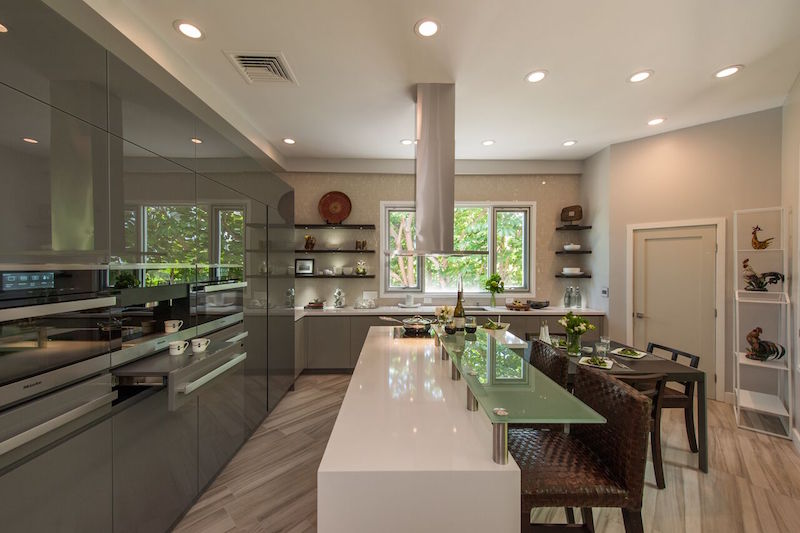 Designer: Dedra Hinano Nahinu, CKD, Inspiration Interiors. Photo: Augie Salbosa.
Designer: Dedra Hinano Nahinu, CKD, Inspiration Interiors. Photo: Augie Salbosa.
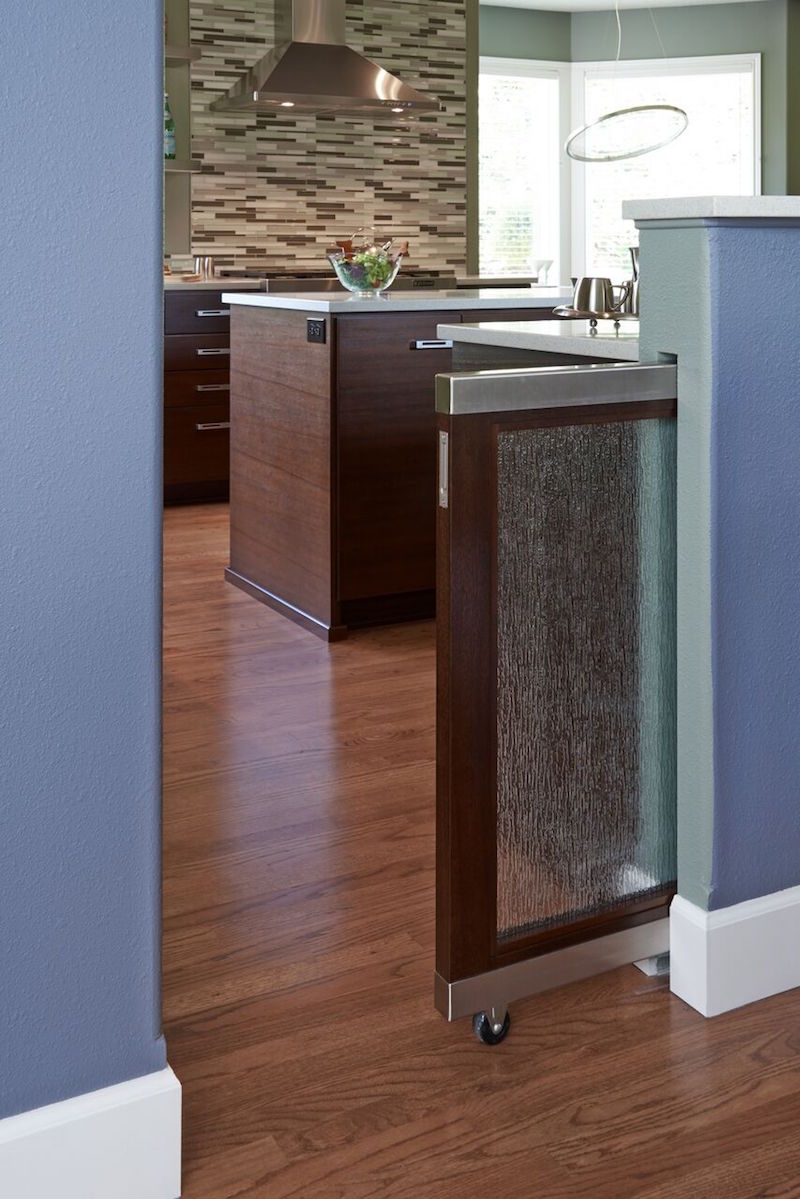 Designer: Robin R. Fisher, CMKBD, CAPS, Robin Rigby Fisher Design. Photo: Dale Lang.
Designer: Robin R. Fisher, CMKBD, CAPS, Robin Rigby Fisher Design. Photo: Dale Lang.
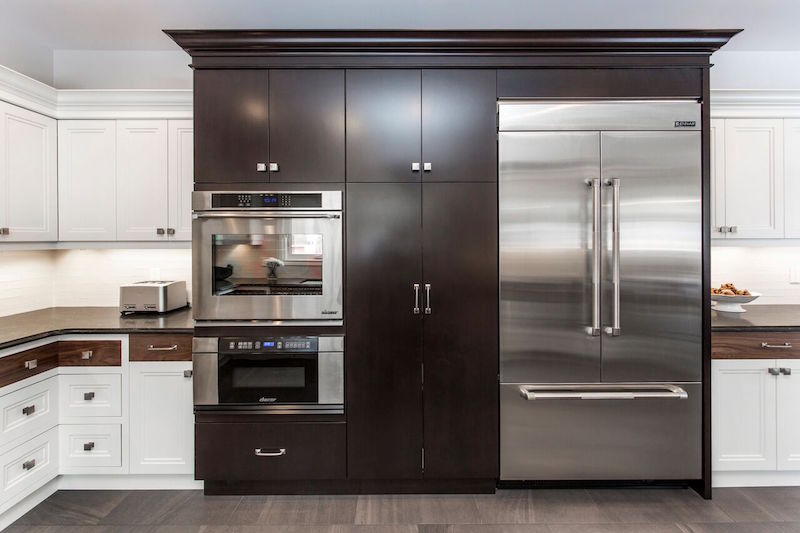 Designer: Cassandra Nordell-MacLean, William Standen Co. Photo: Gerald Mabee.
Designer: Cassandra Nordell-MacLean, William Standen Co. Photo: Gerald Mabee.
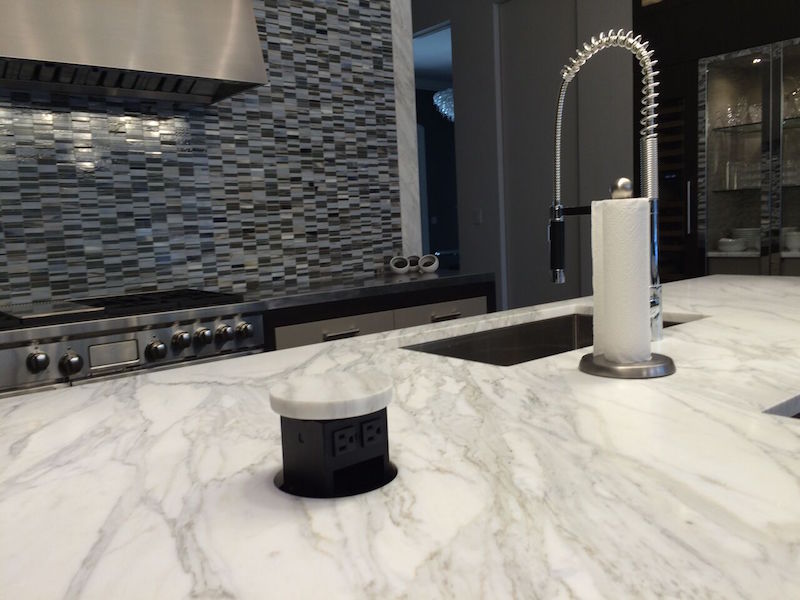 Designer: Leslie Lamarre, CKD, CID, TRG Architecture + Interior Design. Photo: Bernard Andre.
Designer: Leslie Lamarre, CKD, CID, TRG Architecture + Interior Design. Photo: Bernard Andre.
Related Stories
| Aug 9, 2022
Work-from-home trend could result in $500 billion of lost value in office real estate
Researchers find major changes in lease revenues, office occupancy, lease renewal rates.
| Aug 9, 2022
5 Lean principles of design-build
Simply put, lean is the practice of creating more value with fewer resources.
| Aug 9, 2022
Designing healthy learning environments
Studies confirm healthy environments can improve learning outcomes and student success.
Legislation | Aug 8, 2022
Inflation Reduction Act includes over $5 billion for low carbon procurement
The Inflation Reduction Act of 2022, recently passed by the U.S. Senate, sets aside over $5 billion for low carbon procurement in the built environment.
| Aug 8, 2022
Mass timber and net zero design for higher education and lab buildings
When sourced from sustainably managed forests, the use of wood as a replacement for concrete and steel on larger scale construction projects has myriad economic and environmental benefits that have been thoroughly outlined in everything from academic journals to the pages of Newsweek.
AEC Tech | Aug 8, 2022
The technology balancing act
As our world reopens from COVID isolation, we are entering back into undefined territory – a form of hybrid existence.
Legislation | Aug 5, 2022
D.C. City Council moves to require net-zero construction by 2026
The Washington, D.C. City Council unanimously passed legislation that would require all new buildings and substantial renovations in D.C. to be net-zero construction by 2026.
Cultural Facilities | Aug 5, 2022
A time and a place: Telling American stories through architecture
As the United States enters the year 2026, it will commence celebrating a cycle of Sestercentennials, or 250th anniversaries, of historic and cultural events across the land.
Sponsored | | Aug 4, 2022
Brighter vistas: Next-gen tools drive sustainability toward net zero line
New technologies, innovations, and tools are opening doors for building teams interested in better and more socially responsible design.
| Aug 4, 2022
Newer materials for green, resilient building complicate insurance underwriting
Insurers can’t look to years of testing on emerging technology to assess risk.


